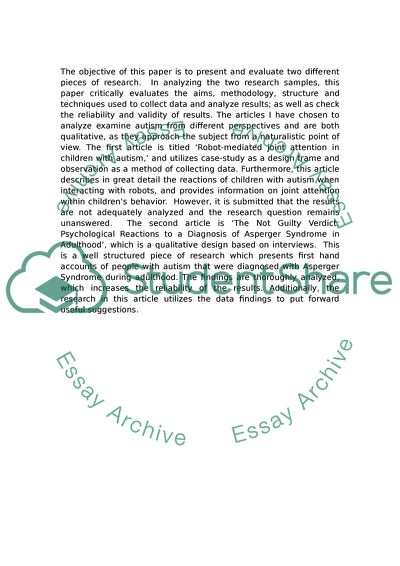Cite this document
(Social Research - Quantitative and Qualitative Approaches Literature review Example | Topics and Well Written Essays - 2250 words, n.d.)
Social Research - Quantitative and Qualitative Approaches Literature review Example | Topics and Well Written Essays - 2250 words. https://studentshare.org/sociology/1746493-review-of-two-journal-papers
Social Research - Quantitative and Qualitative Approaches Literature review Example | Topics and Well Written Essays - 2250 words. https://studentshare.org/sociology/1746493-review-of-two-journal-papers
(Social Research - Quantitative and Qualitative Approaches Literature Review Example | Topics and Well Written Essays - 2250 Words)
Social Research - Quantitative and Qualitative Approaches Literature Review Example | Topics and Well Written Essays - 2250 Words. https://studentshare.org/sociology/1746493-review-of-two-journal-papers.
Social Research - Quantitative and Qualitative Approaches Literature Review Example | Topics and Well Written Essays - 2250 Words. https://studentshare.org/sociology/1746493-review-of-two-journal-papers.
“Social Research - Quantitative and Qualitative Approaches Literature Review Example | Topics and Well Written Essays - 2250 Words”. https://studentshare.org/sociology/1746493-review-of-two-journal-papers.


